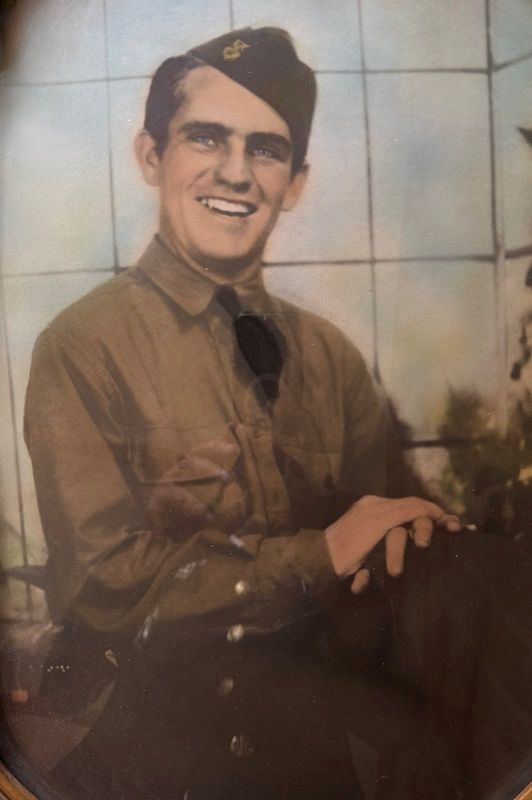(EDITOR’S NOTE 7/16/2025): This story contains inaccurate information from the Department of Defense. After Free Press inquiries about inconsistencies in a news release, the DOD acknowledged that Kenneth Kramer, who died as a World War II prisoner in the Phillippines, was not from Detroit, but Washington state. See new story here.)
The remains of an Army private from Detroit who died as a World War II prisoner of war in the Philippines have been identified 83 years later — almost to the day — and are set to be reinterred in October in Holly.

Kenneth Kramer was just 20 years old.
The Defense POW/MIA Accounting Agency, the government organization that oversees the recovery and identification of unaccounted Department of Defense personnel, released details on Tuesday, July 15, of his service — and two photographs.
In both, the uniformed young soldier is grinning, his head slightly tilted.
The definitive identification and return of his body represents how far medical and forensic science has progressed and also just how committed America is to fulfilling a simple — but fundamental — promise that no soldier, even in death, should be left behind.
The agency, which spends years — even decades — searching for and identifying remains, first reported the news earlier this month and followed up Tuesday with more information, noting that it had briefed the family.
The Free Press left messages with the accounting agency.
John Auld, who also lived in Detroit, joined the Navy and died when Japanese warplanes sank the battleship he was aboard in 1941. In December, he was buried in Albuquerque, New Mexico, after his remains were also identified.
As for Kramer, the defense accounting agency said Kramer was a member of the 19th Air Base Squadron, 20th Air Base Group, when Japanese forces invaded the Philippine Islands in 1942 and got caught up in intense fighting until the surrender of the Bataan peninsula.
When American forces in Bataan surrendered, Kramer was captured.
He and thousands of American and Filipino servicemen were subjected to a 65-mile slog now known as the Bataan Death March and then held in the Cabanatuan POW camp, where, according to prison camp and other historical records, Kramer died on June 29, 1942.
Scientists used dental, anthropological, and isotope analysis, as well as circumstantial evidence, to identify his remains.
Armed Forces Medical Examiner System scientists, the agency said, also employed mitochondrial DNA analysis, mitochondrial genome sequencing, and nuclear single-nucleotide polymorphism testing.
Initially, the agency said, Kramer was buried in Grave 407 in the Cabanatuan Camp Cemetery.
After the war, the American Graves Registration Service personnel recovered 25 sets of remains in the common gravesite and examined them. Of those, nine — including Kramer’s — were unidentifiable.
They were reburied at the Manila American Cemetery and Memorial as unknown soldiers.
But 2019, with new forensic techniques, officials had more hope of success, and the remains were disinterred a second time and sent to a laboratory for additional analysis.
Kramer’s remains were positively identified earlier this year on June 30.
Contact Frank Witsil: 313-222-5022 orfwitsil@freepress.com
This article originally appeared on Detroit Free Press: Remains of World War II soldier from Detroit identified, to be returned home for burial
Reporting by Frank Witsil, Detroit Free Press / Detroit Free Press
USA TODAY Network via Reuters Connect



